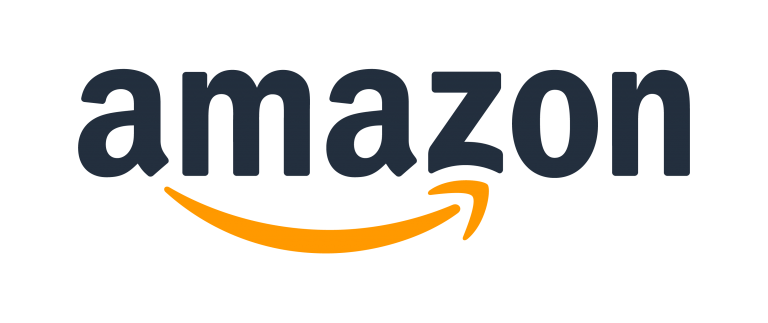Bridging Technology and Finance: Insights from a Marketing Internship in Public Bidding

In this article, Ziqing QIN (ESSEC Business School, Bachelor of Business Administration (BBA), 2022-2026) shares her professional experience at VideoPower Technology as a Marketing Intern in public bidding.
About the company
VideoPower Technology Co., Ltd., founded in 2012 and headquartered in Beijing, China, is a leading provider of technological solutions for government procurement and public bidding. The company’s innovative tools and platforms enable government agencies to procure goods and services transparently and efficiently while empowering businesses to compete fairly in the marketplace.
VideoPower specializes in advanced analytics, compliance management, and bidding process automation. For example, its flagship platform “BidMaster” has been used in over 300 government projects, helping businesses win contracts totaling more than 50 million RMB. One notable success story involved assisting a logistics company in securing a provincial transportation contract worth 10 million RMB by optimizing their bidding strategy using BidMaster’s analytics.
I worked in the Marketing and Business Development team, which was pivotal in identifying market opportunities and crafting strategies to position the company as an industry leader. During my internship, I contributed to the development of campaigns targeting public procurement opportunities and collaborated with Finance and Operations to prepare competitive bids. A key achievement was securing a regional government IT infrastructure project valued at 3 million RMB, a testament to the team’s strategic alignment and execution capabilities.
Logo of VideoPower Technology.

Source: the company.
My internship
As a marketing intern at VideoPower Technology Co., Ltd., I had the opportunity to work directly on public bidding projects that shaped my understanding of the procurement process. One of the most impactful experiences was contributing to a successful bid for a regional government’s information technology (IT) infrastructure project valued at 3 million RMB. This hands-on involvement taught me how to collaborate with multiple departments, such as finance and operations, to ensure that our proposals were both competitive and aligned with strategic objectives.
My missions
Throughout my internship, I was responsible for a variety of key tasks that directly supported the company’s bidding efforts:
- Performed in-depth market research on over 50 government procurement projects, identifying opportunities in sectors such as IT and construction.
- Played a pivotal role in crafting proposals, including a winning bid for an 8 million RMB service contract that secured a 5-year partnership with a municipal government.
- Evaluated competitors’ pricing and strategies, which led to a reduction in bid preparation time and increased success rates.
- Worked closely with cross-functional teams to ensure compliance with government regulations, achieving a 95% approval rate for submitted proposals.
Required skills and knowledge
My role required both technical and interpersonal skills. I leveraged analytical tools such as Excel to create detailed cost models, ensuring proposals were competitive and profitable. Proficiency in project management software, such as Trello and Microsoft Project, allowed me to prioritize tasks and meet tight deadlines. Soft skills, including communication and teamwork, were vital for presenting market insights to senior management and fostering collaboration with other departments. Additionally, my understanding of government procurement regulations enabled me to identify compliance risks and avoid potential setbacks.
What I learned
This internship was a crash course in the complexities of public procurement and how to navigate them effectively. By working on large-scale projects, I gained a solid understanding of cost analysis, competitive pricing, and risk mitigation. For example, I analyzed historical bid data to anticipate competitor pricing, which directly influenced our proposal strategies. I also learned how to balance profitability with client requirements, an essential skill for roles in finance and consulting. Beyond the technical aspects, this experience deepened my appreciation for cross-departmental collaboration and the importance of clear communication in achieving shared goals.
Financial concepts related to my internship
During my internship, I applied several financial concepts that were essential to the bidding process. These included cost estimation and budgeting, pricing strategies, and risk assessment.
Cost Estimation and Budgeting
Cost estimation and budgeting were fundamental aspects of my role. I learned how to break down project costs into direct and indirect categories, ensuring that every expense was accounted for. By accurately estimating costs, the company could prepare bids that were both competitive and realistic. This process involved analyzing historical data, consulting with project teams, and forecasting potential risks that might impact the budget.
Pricing Strategies
Developing effective pricing strategies was crucial to winning bids while maintaining profitability. I analyzed competitors’ pricing models and market trends to determine optimal pricing for our proposals. This involved striking a balance between offering an attractive price to government clients and ensuring that the company’s financial goals were met. By leveraging market intelligence, I contributed to crafting proposals that highlighted the company’s value proposition.
Risk Assessment
Risk assessment played a significant role in preparing bids. I worked on identifying potential risks, such as fluctuating material costs, project delays, and regulatory challenges, and developed strategies to mitigate these risks. By addressing these uncertainties in advance, the company was able to submit bids with confidence, minimizing the likelihood of unforeseen challenges during project execution.
Why should I be interested in this post?
This post highlights how an internship in public bidding applies essential financial concepts like cost estimation, pricing strategies, and risk assessment. These skills are highly relevant for ESSEC students pursuing careers in finance, consulting, or corporate strategy.
It also shows how practical experiences complement academic learning, preparing students for roles in investment banking, business development, and beyond.
Related posts on the SimTrade blog
▶ All posts about Professional experiences
▶ Michel VERHASSELT My experience as Digital Business Developer for Capture Europe
▶ Federico MARTINETTO My experience as a PwC Associate Auditor in the Digital Data Hub
▶ Samia DARMELLAH My experience as an Accounting Assistant at Dafinity
Useful resources
Below are some valuable resources related to public procurement, market analysis, and project management that were relevant to my internship experience:
Government Procurement Platforms
PLACE – Plateforme des Achats de l’État: The official French government procurement platform, providing information on public tenders and bidding processes.
Market Analysis Tools
Statista: A leading platform for market statistics and industry insights.
Google Tag Manager: A free tool for managing and analyzing website tags, helpful for digital marketing analysis.
Business and Investment Resources
Business France: A national agency that supports the international development of French businesses and promotes investments in France.
Project Management Tools
Microsoft Project: A comprehensive tool for planning, executing, and tracking projects.
Trello: A flexible project management tool that helps organize tasks using a Kanban board approach.
About the author
The article was written in December 2024 by Ziqing QIN (ESSEC Business School, Bachelor of Business Administration (BBA), 2022-2026).








